Top 5 Questions Men Should Ask Their Doctor About Their Health
There are many reasons why some people avoid seeing their doctor, but men are particularly hesitant. In fact, over 40% of men only go to the doctor when they think they have a serious medical condition, according to The Cleveland Clinic.
Even if you’re young and healthy, men of all ages can benefit from routine office visits. These annual appointments often uncover anything that’s bothering you from your mental health and sleeping habits to signs of any medical conditions.
To make the most of your time, I’d like to share the top 5 questions I recommend you ask your doctor about your health.
- What screenings and/or tests do I need? A critical factor in helping men stay healthy is making sure you get the necessary screenings and/or test you need in a timely fashion. These screenings detect symptoms of certain health conditions early when they are more easily treatable. Based on your age, and of course other factors, your doctor will recommend which screenings and/or test you need done on a regular basis.
- Am I at risk for heart disease? As the leading cause of death worldwide, you could be more at risk for developing heart disease if you have a family history of heart disease, you smoke or are obese. Knowing your blood pressure and maintaining a healthy lifestyle through diet and exercise are key to preventing heart disease.
- Do I need to lose weight? While weight gain is common in men, you should take notice of your weight and inform your doctor of any sudden fluctuations as your weight could be affecting your health. Whether you want to get fit or manage a chronic disease, your doctor can help you maintain a healthy lifestyle by providing a personalized weight management plan.
- Am I exercising enough? Having a proper diet is only one piece of the puzzle to improving your quality of life. Regular exercise can have immediate as well as long-term health benefits. However, before you begin exercising, discuss with your doctor how much physical activity is right for you to make sure you’re doing enough to maintain a healthy weight.
- What do I need to do between now and my next visit? Preparing for your next visit by setting goals that you and your doctor tailored just for you not only helps you stay healthy but keeps you accountable.
When it comes to your health, don’t wait to see your doctor. Even if nothing is wrong now, prevention can help reverse any medical issues before they become more serious problems later. So, guys, make your health a priority and schedule an appointment.

